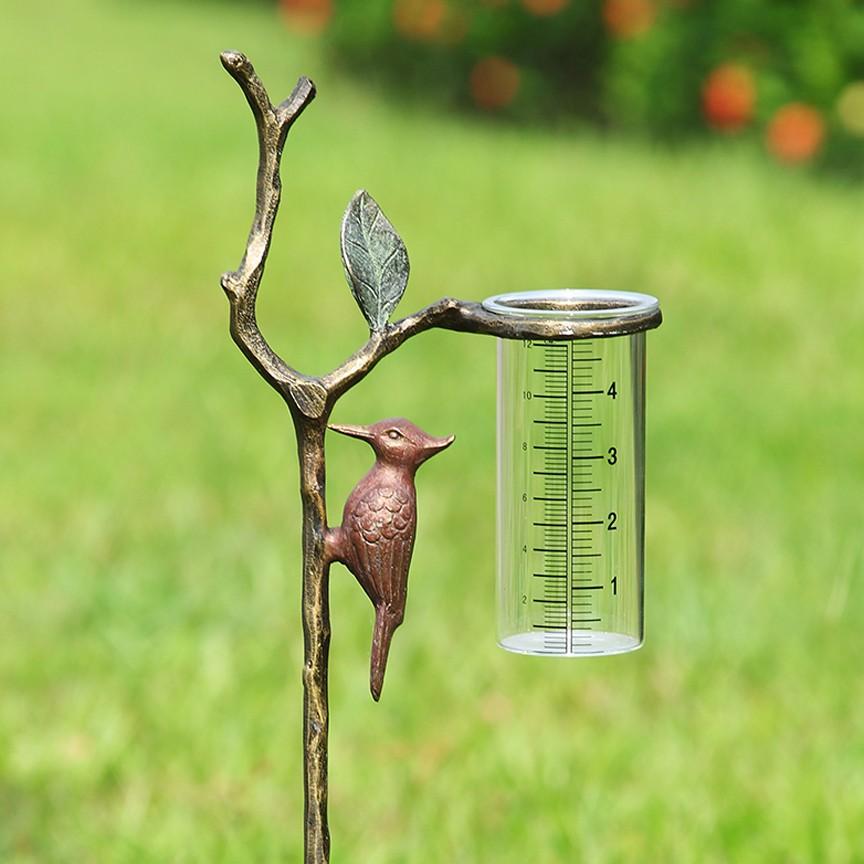Contrast the Leading Rain Gauge Versions for Accurate and Regular Analyses
Contrast the Leading Rain Gauge Versions for Accurate and Regular Analyses
Blog Article
Introducing the Science Behind Rain Determines: Exactly How These Instruments Play an Important Function in Environment Research and Environmental Surveillance
Rainfall determines, seemingly simple tools, hold a profound relevance in the realm of climate research study and ecological surveillance. As we peel back the layers of this clinical shroud surrounding rainfall evaluates, we reveal a world where accuracy, information accuracy, and careful monitoring merge to unveil a deeper understanding of our transforming climate and its influence on the earth.
Relevance of Rain Gauges
Rainfall gauges play a crucial function in tracking and determining rainfall degrees, providing crucial data for environment research and evaluation. These tools are essential in quantifying the amount of rains that occurs in a particular area over a specific period. By gathering and measuring rainwater, rainfall determines deal beneficial understandings right into the distribution and intensity of rainfall, aiding meteorologists, hydrologists, and climatologists in comprehending weather condition patterns and patterns.
Additionally, lasting information accumulated from rainfall determines assists in evaluating environment adjustment effects and patterns, contributing significantly to scientific study and decision-making procedures. In essence, rain determines serve as important tools in the field of weather forecasting and environmental science, playing an essential duty in advancing our understanding of climate and environment characteristics.
Sorts Of Rainfall Scales

Capability and Operation
In the realm of environment research study and meteorological research studies, the effectiveness of rain evaluates depend on their elaborate capability and accurate functional systems. Rain gauges are created to accurately determine the amount of precipitation that tips over a specific location throughout a set duration. These tools commonly include a channel that gathers rain and channels it into a determining tube. The measuring tube is noted with adjusted dimensions that enable the exact metrology of rains.
The functionality of rain determines is based upon the principle of gauging and gathering rainwater in a standard way. This gathered information is essential for recognizing local climate patterns, tracking long-lasting environment fads, and evaluating environmental impacts. To guarantee exact measurements, rain assesses need to be tactically positioned in open locations far from obstructions such as structures or trees that could disrupt the collection process.
The operational aspect of rainfall gauges includes regular upkeep to avoid particles accumulation, calibration checks to maintain dimension accuracy, and information recording for evaluation (rain gauge). Overall, the capability and procedure of rain evaluates are essential for gathering reputable rainfall information important to environment research and environmental surveillance
Function in Climate Research
Provided the vital importance of exact rainfall measurements in recognizing weather condition patterns and environmental influences, the duty of rain gauges in environment research is vital. Rain determines provide important information for climate research study by measuring the amount of rainfall that drops over a specific area throughout a provided period. This data is essential for checking long-lasting patterns in precipitation patterns, assessing the impact of environment modification on rainfall circulation, and enhancing climate versions.

Climate scientists use information collected from rainfall evaluates to assess variations in rainfall levels, determine regional environment trends, and review the effectiveness of water source monitoring methods. basics By comparing historical rainfall data with existing measurements, scientists can find shifts in precipitation patterns, such as changes in the regularity or intensity of rains occasions. This details is essential for recognizing exactly how environment modification is affecting rainfall dynamics and can aid policymakers make educated choices regarding adjustment and reduction strategies.
Applications in Environmental Tracking

In flooding projecting, rainfall scale information helps to track rainfall strength and distribution, enabling authorities to issue prompt cautions and take essential measures to alleviate flooding dangers (rain gauge). Dry spell surveillance counts on rain gauge data to assess wetness levels in the dirt and track precipitation deficiencies, helping in the identification of drought-prone areas and the implementation of drought feedback techniques
Furthermore, rainfall gauge data plays an important duty in water source management by providing details on water accessibility and use trends. In addition, in farming, rainfall gauge data helps farmers in maximizing watering schedules, crop option, and total farm administration techniques based on neighborhood rainfall patterns.
Conclusion
Finally, rain gauges are essential tools for determining rainfall, supplying important information for environment study and environmental monitoring. With different types and functionalities, rainfall gauges play an essential duty in comprehending rainfall patterns and their effect on the setting. By accurately determining rainfall, these tools add to the development of clinical expertise and assistance in making notified decisions relevant to water source administration and catastrophe preparedness.
Rain determines play an important duty in surveillance and determining precipitation degrees, supplying necessary information for climate study and evaluation. The conventional rain scale, known as the "tipping bucket" scale, is one of the link most frequently used tools. Ultrasonic rain gauges use sound waves to identify the presence of rainfall, providing real-time information on precipitation levels.Environment researchers make use of data gathered from rainfall gauges to assess variants in precipitation levels, recognize regional environment trends, and examine the effectiveness of water source management methods.In conclusion, rain determines are necessary devices for gauging precipitation, giving important information for climate research study and ecological tracking.
Report this page